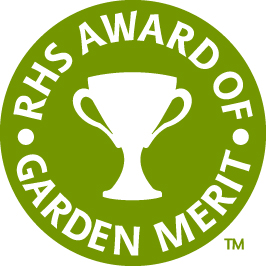
Perennials > Origanum > Origanum laevigatum > Origanum laevigatum
Origanum laevigatum
Ornamental Oregano
Origin: The genus name comes from the Greek word 'oros', meaning mountain and 'ganos', which means joy.
| Family |
| Lamiaceae |
| Genus |
| Origanum |
| Species |
| laevigatum |
| Category |
| Perennials |
| USDA Hardiness Zone |
| 1a - 6a |
| Canadian Hardiness Zone |
| 0a - 5b |
| RHS Hardiness Zone |
| H7 |
| Temperature (°C) |
| -51 - (-21) |
| Temperature (°F) |
| -60 - (-5) |
| Height |
| 30 - 50 cm |
| Spread |
| 1 m + |
Photographs
Description and Growing Information
Flowering Period
| General Description |
| Origanum laevigatum is a perennial herb with glabrous stems, aromatic leaves and purple flowers in clusters. |
| Landscape |
| Use in an herb garden or as a low ground cover. Often used in scree beds (slopes covered with small, loose stones). |
| Cultivation |
| Plant in an open, sunny location, 30 cm apart, in spring. Soil should be well-drained and slightly alkaline. Cut back flowered stems. |
| Growth |
| Fast |
| Leaf Description |
| Up to 3 ⨉ 1.7 cm, ovate to elliptic, leather-like. Should be harvested just before buds open. Can be kept frozen or dried and used in cooking. |
| Flower Description |
| Petals are purple. |
| Propagation |
| By seed sown in early spring at 10° - 30° C. Also by softwood cuttings 5 - 8 cm in length taken in early summer, potted individually, overwintered away from the risk of frost and planted outside the following spring. |
| Ethnobotanical Uses (Disclaimer) |
| Origanum was used in Ancient Egypt in cooking and medicine. |
